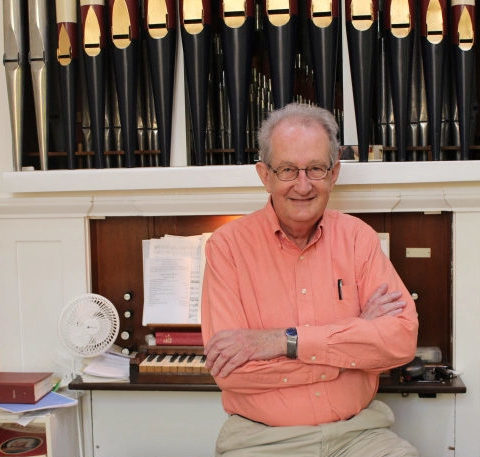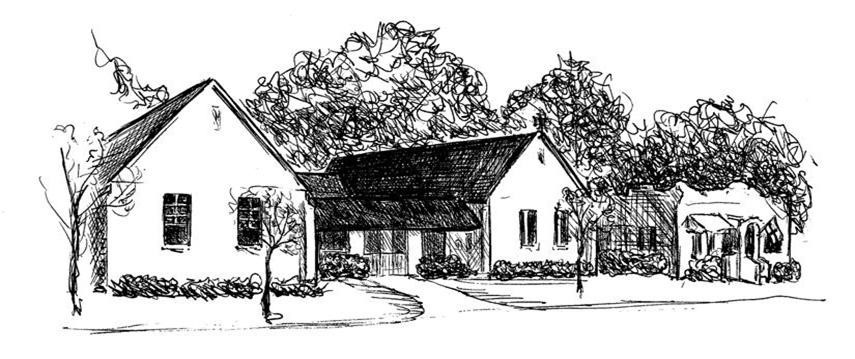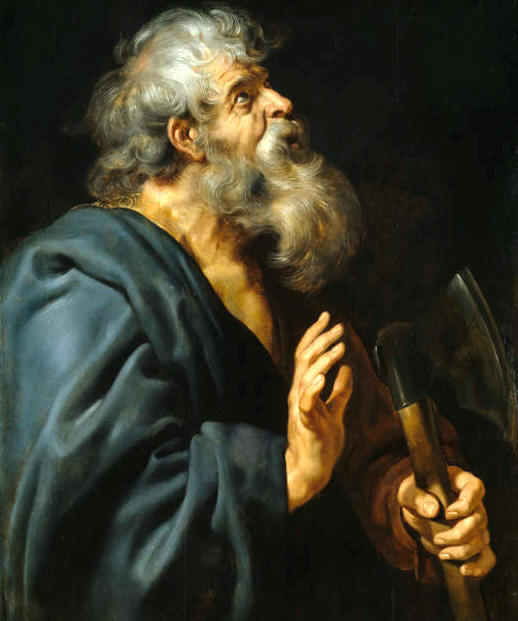Welcome
ABOUT US
Thank You For Visiting St. Matthias
St. Matthias Episcopal Church is a parish in the Episcopal Diocese of Central Florida under The Right Rev. Dr. Justin S. Holcomb, Bishop.
Here, the life changing love of Christ is at work. St. Matthias is warm and welcoming and made up of many; we are young, old, singles, families, widows, widowers, active, and retired. Some of us are life-long Episcopalians, while many of us came from different faith traditions or had no church background at all.
St. Matthias is an active part of South Lake County and call Historic Downtown Clermont home. Our buildings might be small, but our hearts for Christ are big. All are welcome… whether you call Clermont home, spend your winters with us, or you are enjoying a vacation in the area, we hope that you will be our guest on Sunday morning!


OUR HISTORY
The Beginning of St. Matthias
In 1943, a local doctor, Dr. Douglas, approached Bishop Wing about the need for an Episcopal Church in Clermont. The Bishop responded by appointing a priest from Eustis as Vicar to hold services every Sunday at 4:00 pm. There were 13 original members of this group, eleven of whom were women. These founding members were Mr. Clark Smith, Mrs. Emily Coleman, Mr. & Mrs. Thomas C. Cork, Mrs. Marie Eldred, Mrs. Gertude Hamilton, Mrs. Ivy Hunt, Mrs. George Robinson, Mrs. Jessi Ruggles, Mrs. William H. Scott, Mr. Arthur Stedman, Mrs. Johanna May Smith, and Mrs. Mary Turbiville. The good doctor had moved away before the mission was begun in 1944.
For two years the group met in The Community House on Minneola Avenue until one of the group members offered her garage which was transformed into a very nice little chapel on the same street.
The Move to Montrose
In 1948, land on Montrose was given to the Mission and the original Church Sanctuary and Sacristy were built. In 1961, the mission became a Parish. In 1998, the parish purchased the “Little House” to the east of the church which is used for Sunday School. Two years later, in 2000, the church was enlarged by adding the east transept which almost doubled the seating capacity of the building.
In 1999, an antique Pilcher pipe organ was purchased and is a beautiful addition to our church music. The organ was originally installed in the Episcopal Church in Prattsville, New York in 1840 and had several homes prior to being brought to St. Matthias. It is registered with the National Organ Historical Society and is thought to be one of the oldest pipe organs in use in the state of Florida. The pipes were rebuilt and refurbished in 2003 and 2013. We consider ourselves fortunate to have this treasure at St. Matthias.

Mr. Hugh D. Dial Jr., M.M., Organist & Choir Master
Today at St. Matthias
We currently have over three hundred members, including a growing Nursery and Sunday School. The diverse ministries of the parish continue to provide growing support to the parishioners as well as outreach to the local community and surrounding areas.

OUR APOSTLE
St. Matthias
St. Matthias was chosen to become the twelfth Apostle to replace Judas Iscariot as recorded in Acts 1:21-26. The selection process to replace Judas and others as they died established apostolic succession and encouraged others to follow the teachings of the apostles.
Tradition has it that St. Matthias was a missionary to Ethiopia, traveling within Ethiopia, preaching the gospel, and becoming their first Bishop. St. Matthias was stoned and beheaded for his belief around 70 AD. A battle axe and a Bible are symbols used to remember him. The battle axe is also a symbol of martyrdom.
The “St. Matthias Cross” visible on the pinnacle of our church and in a stained glass window in the East Transept is based on an Ethiopian Cross, which was an early symbol of Christianity in that region.
Mark the Evangelist brought Christianity to Egypt in the 1st century AD and from that evolved the Ethiopian Coptic Church. The Ethiopian crosses were individually made and seldom alike. The cross design is an adaptation by the early Christians and influenced by the many cultures including the Greeks, the Romans, the Egyptians, and the Celts.

